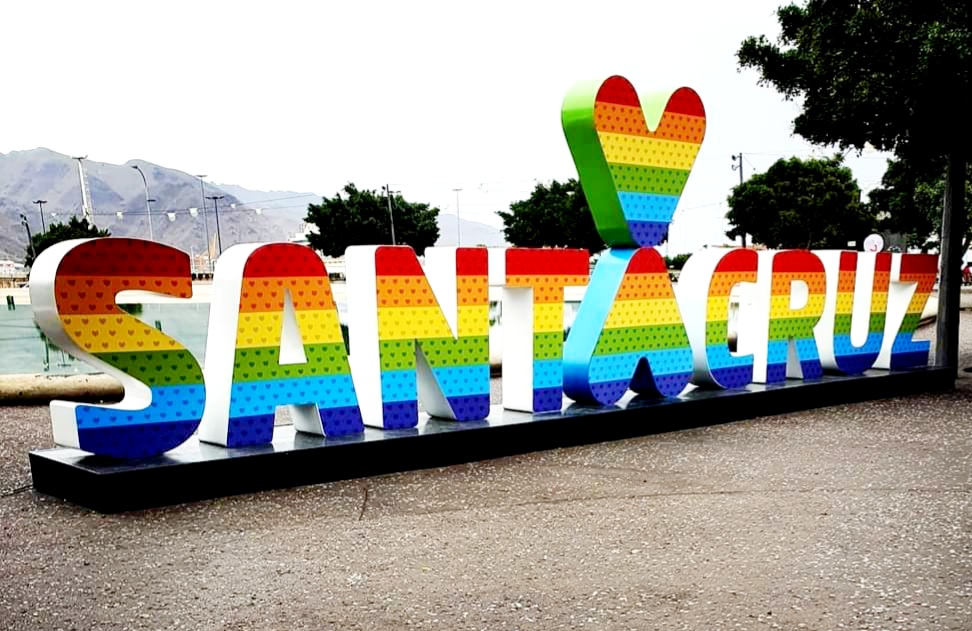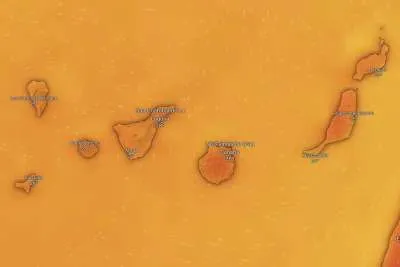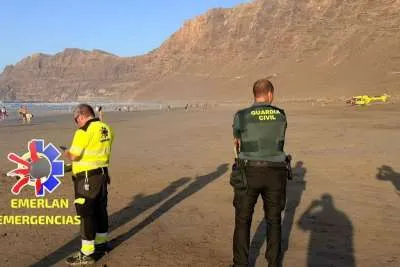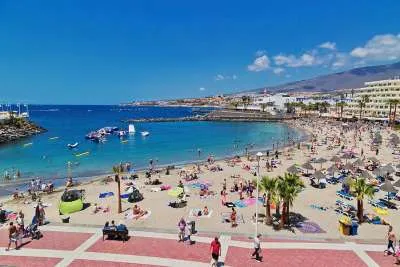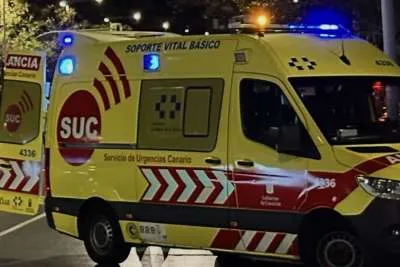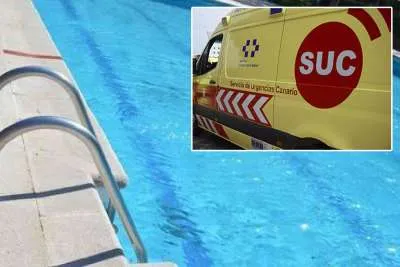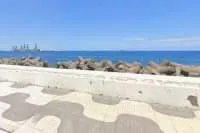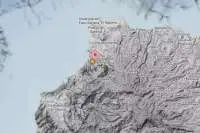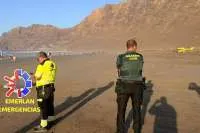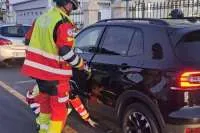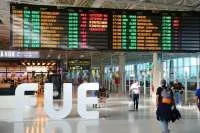Santa Cruz has the highest 14 day incidence rate in all of Spain
- 24-06-2021
- Tenerife
- Canarian Weekly
The capital of Tenerife, Santa Cruz, now has the highest incidence of Covid over 14 days (IA14) in the whole of Spain with 443 cases per 100,000 inhabitants. In the list of 25 cities with over 40,000 residents and the worst epidemiological situation, Santa Cruz ranks highest with La Laguna in seventh place with an IA14 of 230 per 100,000 inhabitants.
Other Spanish cities that follow Santa Cruz are Antequera (Málaga) with 380 cases, Córdoba with 334, Huelva with 318 and, Lucena with 232 cases per 100,000 inhabitants. Arrecife in Lanzarote is the next highest Canary Islands city in 17th place with an IA14 of 161.
Yesterday, after the Governing Council meeting, it was announced that Tenerife is moving to alert Level 3 because the unstoppable increase in the pandemic over the last few weeks, with the aim of stopping the advance of the spread of the coronavirus.
"The most important focus of infections is in people under 45 years of age, and infections are being seen in people over 65," said the Minister of Health, BlasTrujillo, who added that the increase in cases of Covid-19 in Tenerife has a “great connection with the social life of youngsters,” which makes it very difficult to track infections since they do not usually remember the name and surname of all the people who they were with when the got infected.
According to the latest data presented by the Canarian Government, new infections from Tuesday were in age groups as follows:
0 - 19 years old - 16 new cases yesterday.
20 to 29 years old – 35
30 to 39 years old – 32
40 to 49 years old – 27
50 to 59 years old – 24
Over 60 – 17
The increase in both the cumulative incidence rate over 7 days and the IA14 have motivated this change, together with the increase in positivity of tests and the R rate of contagion. The level change will be maintained for at least two weeks from its entry into force, once published in the Official Gazette of the Canary Islands (BOC), which is expected on Friday morning.
Other articles that may interest you...
Trending
Most Read Articles
Featured Videos
A Vision of Elvis Tenerife Promo
- 10-05-2025
Tenerife Travel Guide
- 13-12-2024
Live webcam from Lanzarote airport
- 13-12-2024


